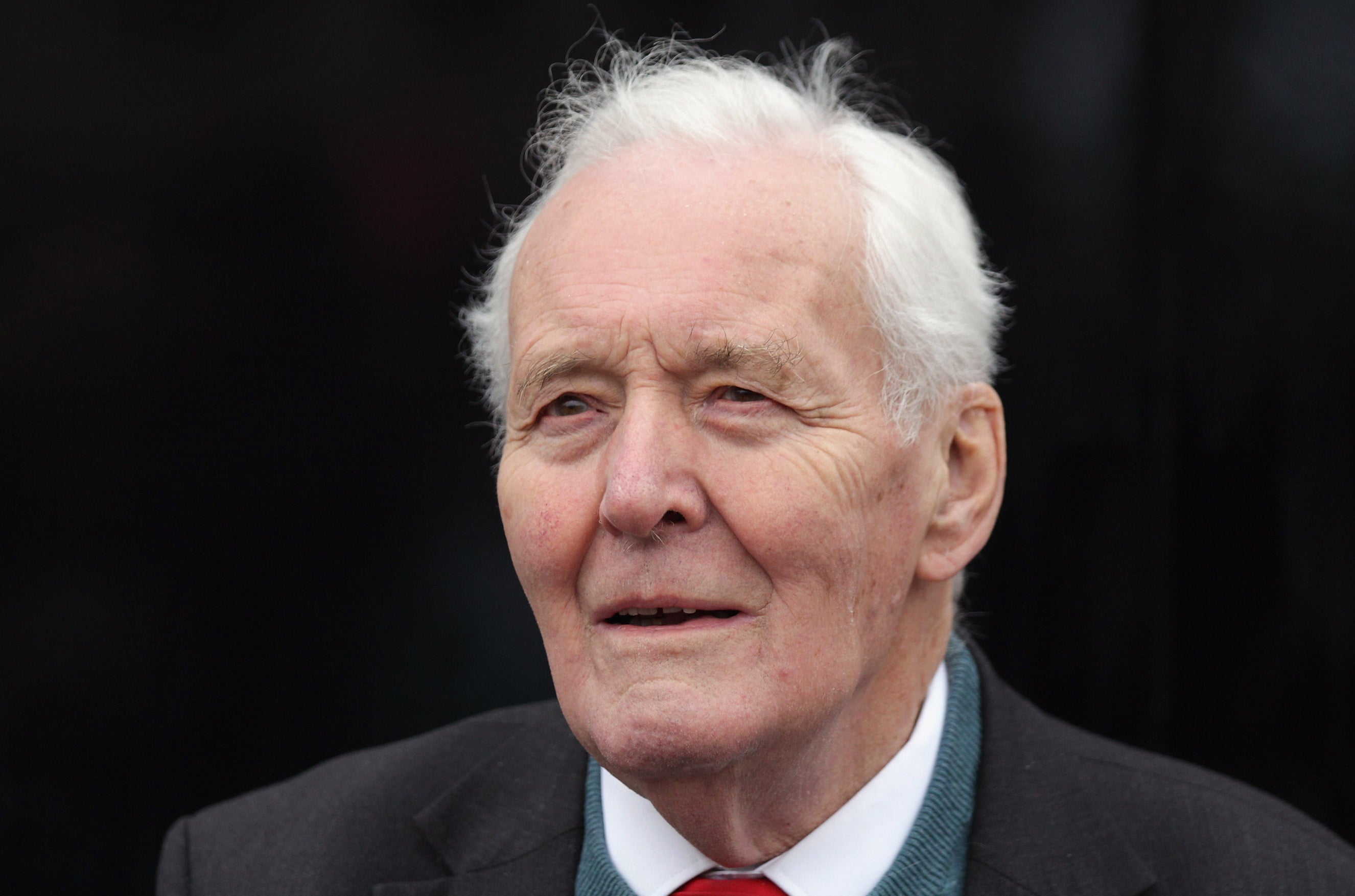How did Stephen Benn come to take the place in the House of Lords renounced by his father?
Tony Benn fought to shake off the hereditary principle; his eldest son fought (not very hard) to resume it, writes John Rentoul


What a parable of Labour times: Stephen Benn, eldest son of Tony, has taken up the peerage renounced by his father and restored the family, via a by-election, to the upper house of parliament. So much of the Benn story consists of the hereditary principle, radicalism and by-elections.
The story starts with William Wedgwood Benn, a Liberal MP who was a kind of hereditary politician from the start, being elected to represent the St George’s division of Tower Hamlets in 1906 – the seat previously held by his father, Sir John, between 1892 and 1895. But William was also a radical, and, as the Labour Party displaced the Liberals, he switched, resigning from parliament in 1927 and re-entering the next year under the Labour banner at a by-election in Aberdeen North.
He served as secretary of state for India in Ramsay MacDonald’s second government, from 1929 to 1931, but stayed with the Labour Party when MacDonald formed the national government with the Conservatives. During the Second World War he gave up his seat in the Commons for a peerage, as Viscount Stansgate, because Labour was short of working peers in the Lords. He then served briefly in Clement Attlee’s postwar cabinet as secretary of state for air.
His peerage, created before the invention of life peers in 1958, was hereditary, so when he died in 1960, his eldest surviving son Tony, then the Labour MP for Bristol South East, automatically succeeded him. Tony didn’t want to go to the Lords and was campaigning to change the law to allow peers to give up their titles. He insisted on fighting the by-election caused by his vacancy, and won the most votes, despite being disqualified, so the election court declared his Conservative opponent, Malcolm St Clair, elected.
When Tony’s campaign to change the law succeeded two years later, he was the first peer to renounce his peerage and St Clair, who was also the heir presumptive to a peerage, kept his promise to stand down – and Tony returned to the Commons in a second by-election in the constituency in 1963.
Tony Benn was an increasingly left-wing member of the Labour government that soon followed, but it was unable to reform the House of Lords, defeated by an unholy alliance of Michael Foot on the Labour left and Enoch Powell on the Tory right. It was left to the government of Tony Blair three decades later to deliver radical change.
In a mirror image of the unholy alliance of the 1960s, Blair struck a deal with the Conservative leadership in the House of Lords – behind the back of William Hague, the Tory leader in the Commons – by which they agreed to expel all but 92 of the hereditary peers from the upper house. Doing it by agreement cut through years of likely obstruction and disruption of the New Labour government’s legislative programme, but it left the House of Lords in a state of suspended half-reform.
Because Blair, rightly in my view, shied away from the horrors of an elected second chamber – and because he was unable to abolish the legislative role of the House of Lords altogether – that is how things have remained ever since.
Which means the temporary deal between Blair and Viscount Cranborne still stands. Seventeen of the 92 surviving hereditary peers are office holders, who are appointed; but whenever one of the other 75 dies (or retires), they are replaced by one of the strangest by-elections in the history of democracy. The vacancy is filled by a vote among the hereditary peers belonging to the party of the former peer (with independents, known as crossbenchers, treated as a separate party). There are only two Labour hereditary peers “elected” to sit in the Lords, and one of them, Lord Rea, died last year. (The other is Lord Grantchester.)
In the by-election to replace Lord Rea, Stephen Benn – the third Viscount Stansgate – was the only candidate to put himself forward and, as The Sunday Times reported, his “election” will be announced today.
The Bennite wheel has turned full circle.
Join our commenting forum
Join thought-provoking conversations, follow other Independent readers and see their replies
Comments